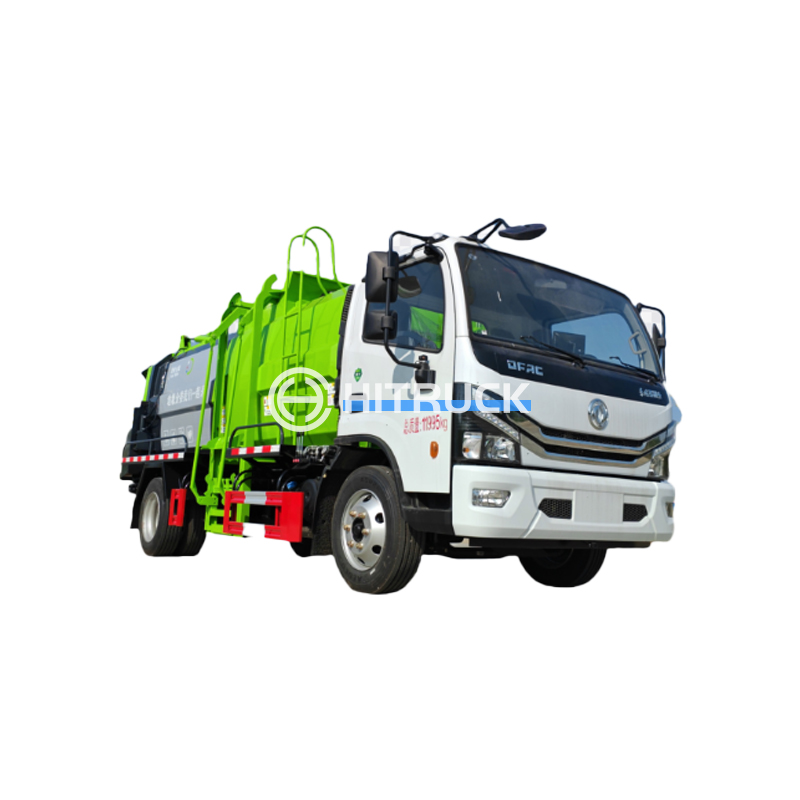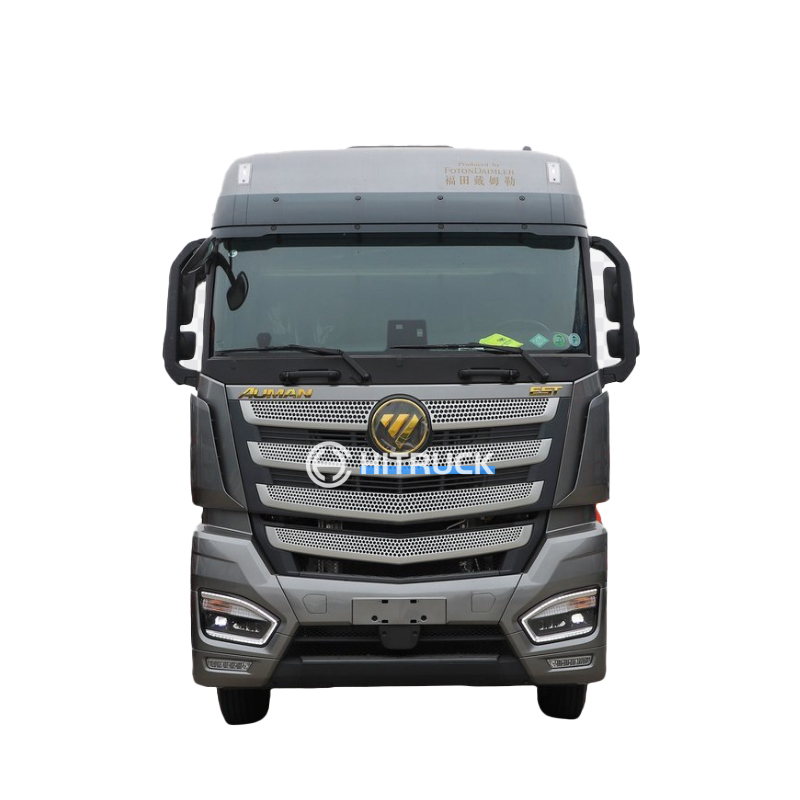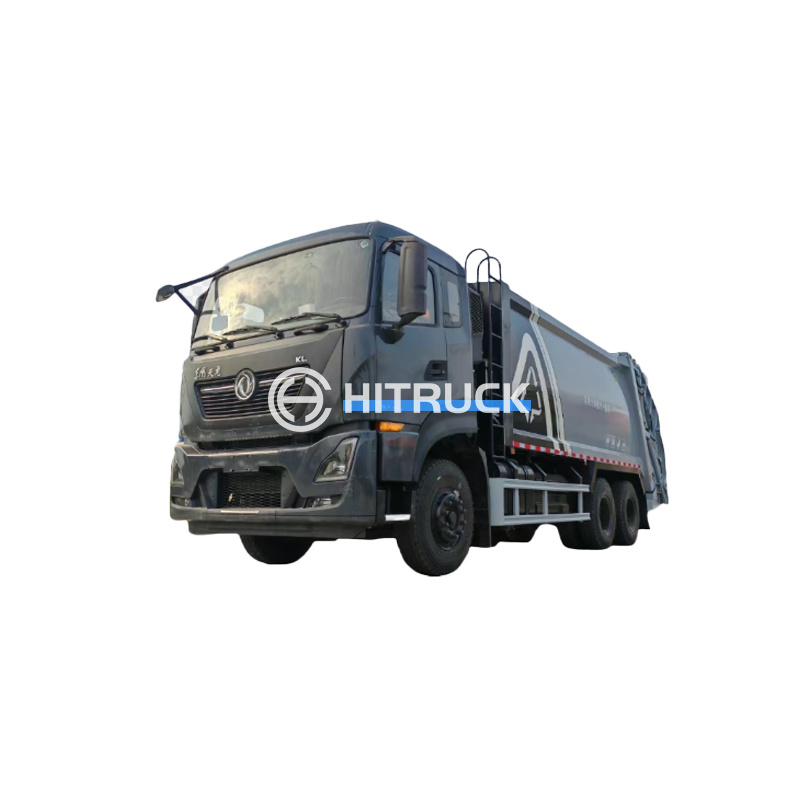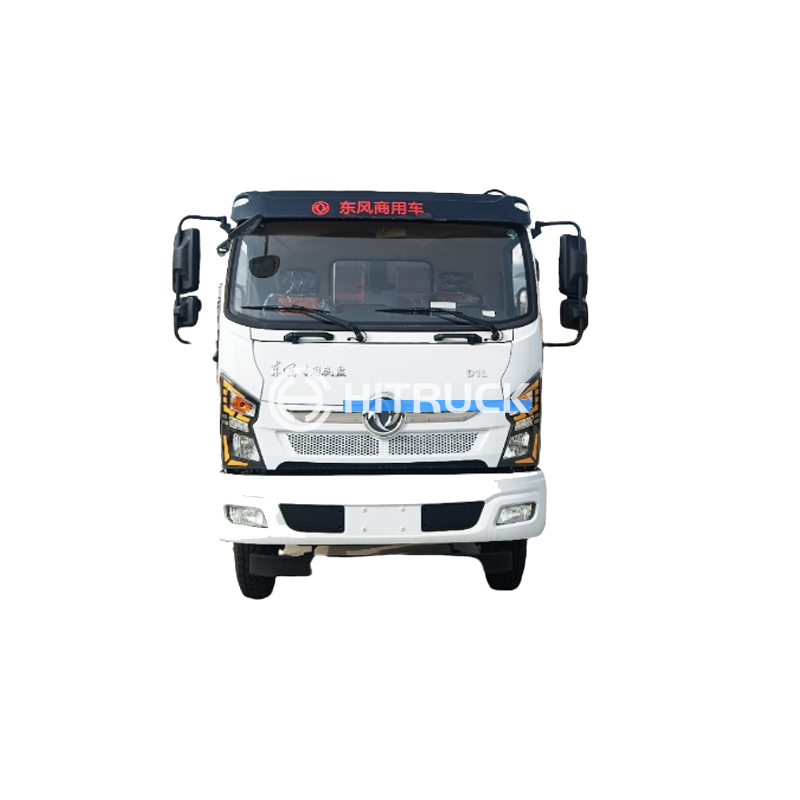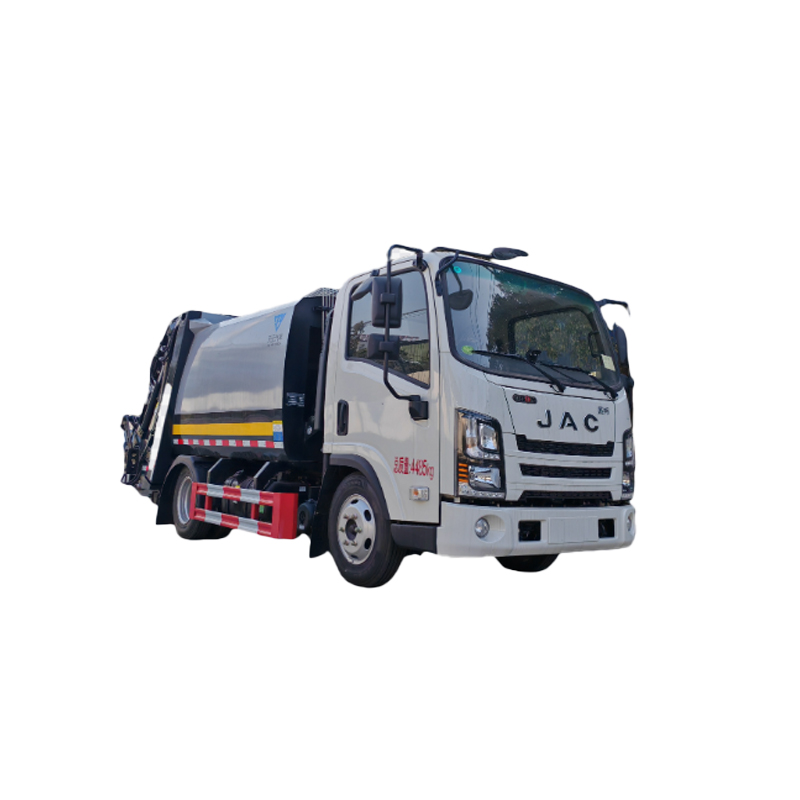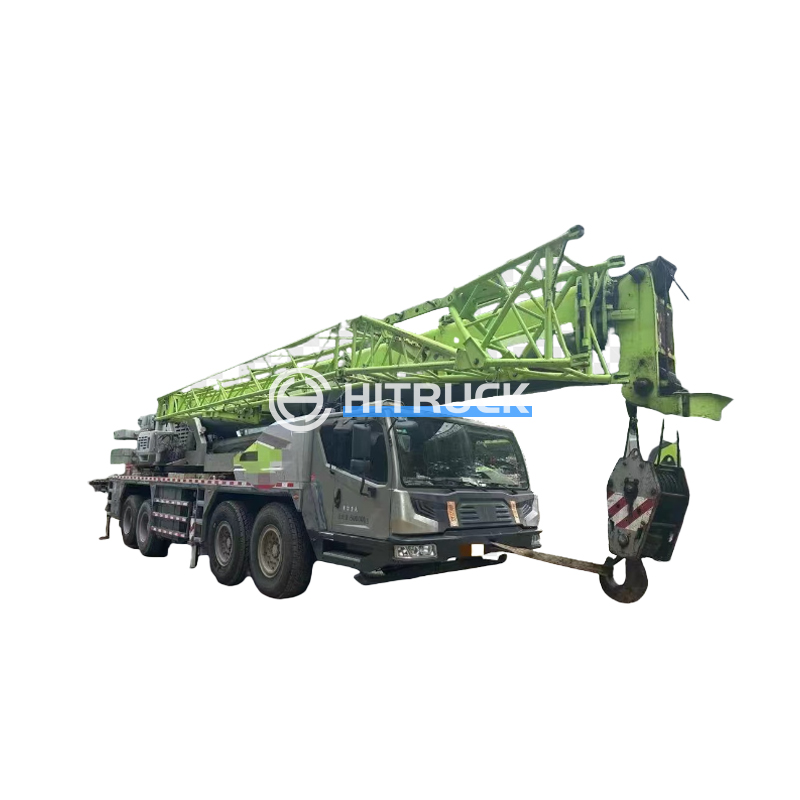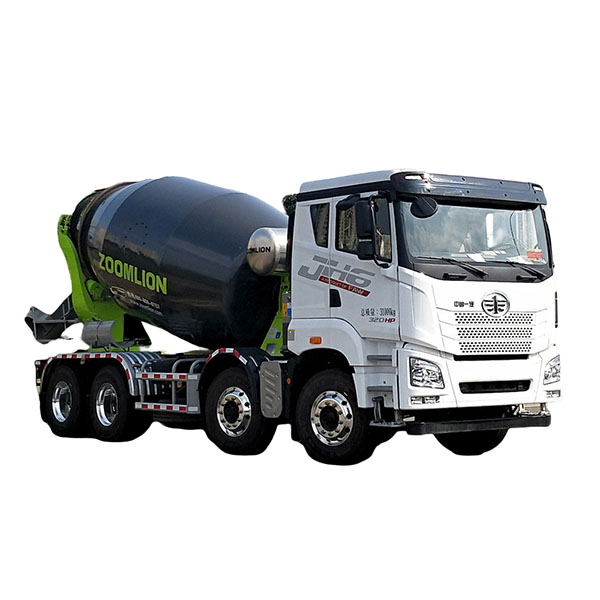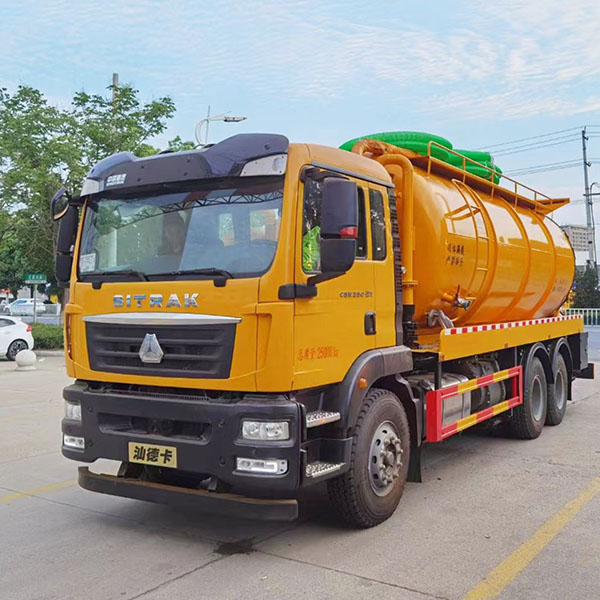This comprehensive guide explores the critical factors to consider when choosing a 100-ton overhead crane. We delve into the various types, functionalities, safety features, and maintenance requirements to help you make an informed decision. Learn about capacity, span, lifting height, and other key specifications to ensure you select the perfect crane for your specific needs. We also touch on industry best practices and regulatory compliance.
Double girder overhead cranes are commonly used for heavy-duty lifting applications. Their robust construction and high load capacity make them ideal for handling 100-ton loads. They offer superior stability and are typically used in industrial settings such as factories, warehouses, and shipyards. The double girder design provides greater strength and stiffness compared to single girder cranes, making them suitable for handling large and heavy loads with precision.
While less common for 100-ton loads, single girder overhead cranes might be considered for specific applications with limited headroom. They are generally more compact and cost-effective than double girder cranes, but their load capacity is usually lower. Always consult with a crane specialist to determine the suitability of a single girder crane for your specific 100-ton overhead crane needs.
A semi-gantry crane is a hybrid design that combines features of both overhead and gantry cranes. One end of the crane runs on an overhead runway, while the other rests on a ground-mounted support structure. This design is advantageous where space is limited on one side of the working area. They can be designed to handle 100-ton loads, making them versatile for certain applications.
Choosing the right 100-ton overhead crane requires careful consideration of several key specifications:
| Specification | Description |
|---|---|
| Lifting Capacity | Clearly defined as 100-ton. Ensure the crane's rated capacity comfortably exceeds the heaviest load you anticipate handling, including any potential safety factors. |
| Span | The distance between the crane's runway rails. This will depend on your facility layout and the required reach of the crane. |
| Lifting Height | The maximum vertical distance the hook can travel. Ensure this meets the height requirements of your materials and processes. |
| Hoisting Speed | The speed at which the load is lifted and lowered. This should be optimized for efficient workflow and safety. |
| Trolley Speed | The speed at which the trolley moves along the crane's runway. Consider the speed necessary for efficient movement of loads across your facility. |
Regular maintenance is crucial for ensuring the safe operation of your 100-ton overhead crane. This includes routine inspections, lubrication, and component replacements as needed. Adherence to strict safety protocols, including operator training and regular inspections, is paramount to prevent accidents and ensure compliance with relevant industry standards. Consult with experienced crane maintenance professionals for regular servicing and inspections.
For detailed information on heavy-duty cranes and related equipment, explore the extensive inventory at Suizhou Haicang Automobile sales Co., LTD. They offer a wide range of options to meet your specific needs. Remember, safety is paramount when working with heavy lifting equipment. Always prioritize thorough training and adherence to all safety regulations.
Selecting the appropriate 100-ton overhead crane requires a careful evaluation of your specific needs and operational requirements. By considering the factors discussed in this guide, including crane type, key specifications, and safety protocols, you can make an informed decision and ensure the efficient and safe operation of your lifting equipment. Remember to always consult with industry professionals for guidance and support throughout the selection and implementation process.

